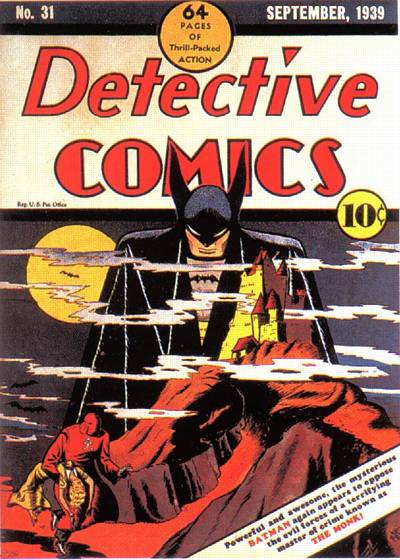
One of the earliest villains though is no longer an active Batman bad-guy. Did he die? Retire? Or turn to a life of chiseled heroism instead? Not exactly.
In Detective Comics #31 (1939), four issues after his very first appearance, Batman doesn’t fight the Ventriloquist or Mr. Freeze, he fights a creepy villain named The Monk. With a scary eyes and curling fingernails, the Monk (and the story, which runs over into Detective #32) is a glorious, sloppy stew of pulp and horror movie sources. The Monk is not really a monk, but also a werewolf, then a vampire, and whatever. The name he uses seems to be a nod to the “mad monk” Rasputin, even though the end of the story is an out-and-out rip-off of Dracula. Batman follows his fiancé(!) Julie Madison into Hungary, eerie mist shows up to envelop a stagecoach, and the Dark Knight finally ends up in a sinister castle high atop the “Carlathian” (>cough<) Mountains. Batman then finds Julie in bed with two bloody marks on her neck in front of an open window, straight out of Stoker’s novel. The story strains belief, even in a horror comics setting, but kids must have eaten it up: “He’s a vampire and a werewolf? Whoa!” (or the ‘40s equivalent? Jeepers?). But if the story was good enough to be a two-parter, why did the Monk never really return?
The Monk is drawn (DC credits the art chores to “Bob Kane with Sheldon Moldoff”) wearing a red sheet topped by a short, shapeless hood with a very slight cone to it. The only real monk-like attire he wears is a thick rope belt. But that could mean something else, too. On the cover, the Monk wears a symbol on his chest. In the comics, it appears on his forehead. The insignia looks like a crude skull-and-crossbones.
In the Batman story, the Monk is a supernatural bad guy. But he looks like something else entirely. He is kind of a wizard. But not just any wizard.
He looks like the Imperial Wizard of the Ku Klux Klan.
Pictured left is Hiram Wesley Evans, the Imperial Wizard from 1922 to 1939, when he finally resigned as a result of a financial scandal. One of the more visible leaders in Klan history, Evans wrote several books and marched on Washington without his hood. He wrote several books, including Alienism in the Democracy (1927) and The Rising Storm (1929). He was a dentist in Dallas. Notice the similarities in costume and in the symbol. Evans’ robes are red, though the photo doesn’t show this.
DC credits the issue as written by “Gardner Fox with Bill Finger.” Both writers were known from their own personal notes jotted down from stories, news, and real life.
Did the Monk really disappear? He would return—several decades later—in 1982’s Detective Comics’ #515 and in a Matt Wagner supernaturally-themed limited series titled Batman and the Mad Monk (2006-07). In Conway’s run, the Monk is a plantation owner in New Orleans after the Civil War. He is attacked and killed by his former slaves.
In On the Origin of Superheroes: From the Big Bang to Action Comics No. 1 (2015), scholar Chris Gavaler makes the fascinating argument that the Klan was a conceptual influence on the first superheroes. Specifically, that Thomas Dixon, Jr’s novel The Clansmen (1905) and its infamous film adaptation, D.W. Griffith’s The Birth of a Nation (1915), helped foster a romanticized American hero-figure beholden to costumes, secret identities, and outlaw ‘justice.’ Birth of a Nation was given a new sound release in 1930. It is still widely regarded as “the most racist movie ever made,” though film critics often praise its craftsmanship. A remake directed by and starring Nate Parker is set to open on October 7, 2016, though reporting of an alleged 1999 rape by Parker has surfaced alongside the film. In a previous column, I wrote about Batman’s maybe-metaphysical connection to the Baldknobbers, an early vigilante group. But the Monk is a villain. What might this mean?
Evans and the Klan were frequent topics in the New York papers during this time, either over the controversy surrounding Supreme Court Justice Black and his alleged ties to the Klan or the organization’s hope to open a New York office. The Brooklyn Daily Eagle and the New York Age frequently ran Klan stories about the group’s anti-semitism and ties to the Nazis. They also wrote about the Klan’s anti-Catholic stance, which were often denied by the Klan but frequently seen in practice. Fred Gardner grew up in a strong Catholic family. To Yankees, the idea of the Klan as a political power was a frightening one.
This is mostly speculation (the hallmark of Unassuming Barber Shop), but the possibility that one of Batman’s first foes represented (as a super-villain complete with costume and identity) the embodiment of racial hate in America is an intriguing one. More lamentable than the loss of a Z-list villain like the Monk is the loss of that plank in the Golden Age superhero party platform. If the Monk had lasted, or had been allowed to, Batman might have been an early champion of racial equality. Not that the Monk does anything even remotely like the real Klan did (he bites girls in a spooky castle and has pet wolves), his visual portrayal – especially when Batman fights him – is a strong statement about Batman’s stance on the subject. Especially to kids.
After all, though the Monk is gone, there is still an Imperial Wizard out there. The Klan is still active. In the wake of the recent, ongoing deaths of black men, women, and boys, people (here, Pennsylvania) have reported finding Klan mailings that assure citizens “You can sleep tonight knowing the Klan is awake.”
Though the Monk was a silly character, he no doubt gave some ’40s kid some sleepless nights with his scary castle and hypnotic powers. And also, quite possibly, his red hood and robes. What finally pushed those fears away was the Batman, punching and pummeling away the real fears of a young, concerned mind.
Whom do we have to do the same?
Brad Ricca is the author of Super Boys: The Amazing Adventures of Jerry Siegel & Joe Shuster – The Creators of Superman and the upcoming Mrs. Sherlock Holmes. He also writes the column “Luminous Beings Are We” for StarWars.com. Follow @BradJRicca.
If you’re interested in more Batman, I highly recommend Glen Weldon’s new book The Caped Crusade: Batman and the Rise of Nerd Culture. This book will completely change the way you think about Batman.


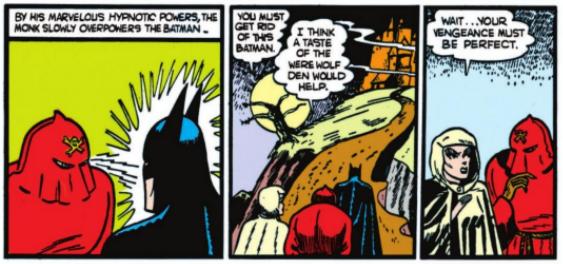
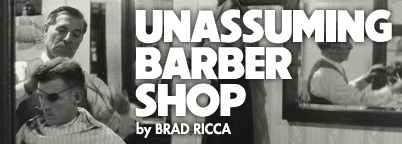
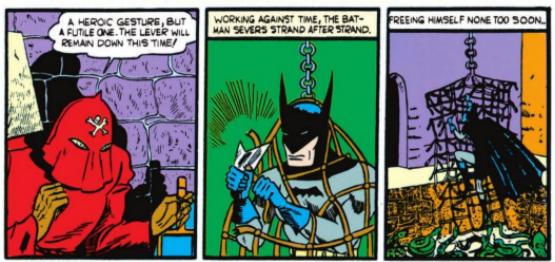
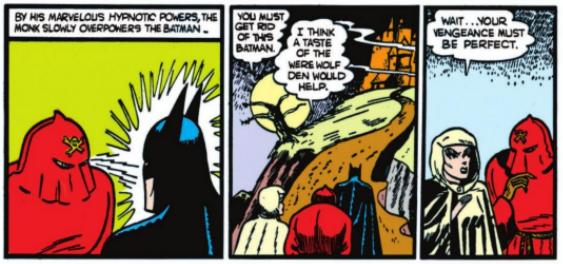
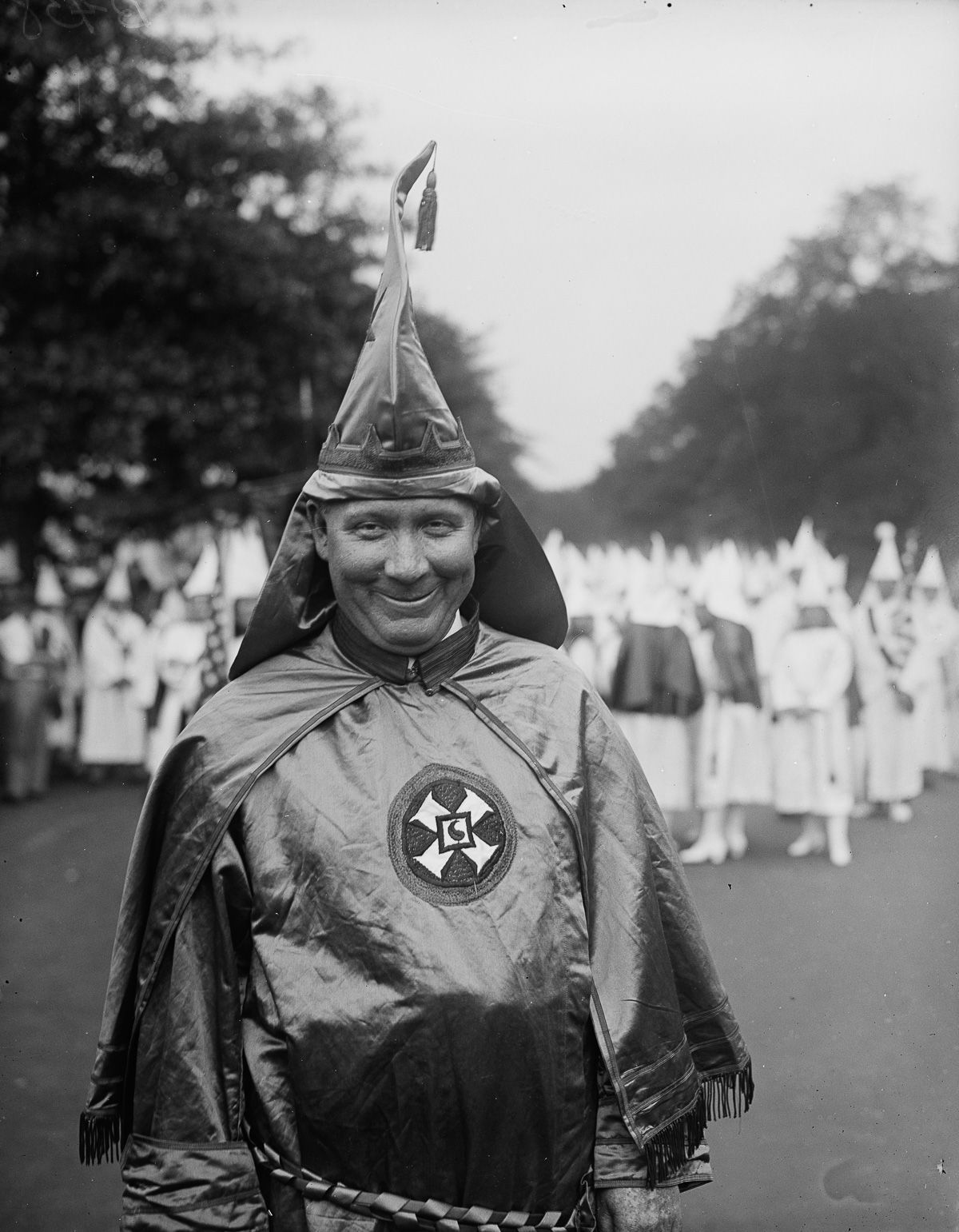
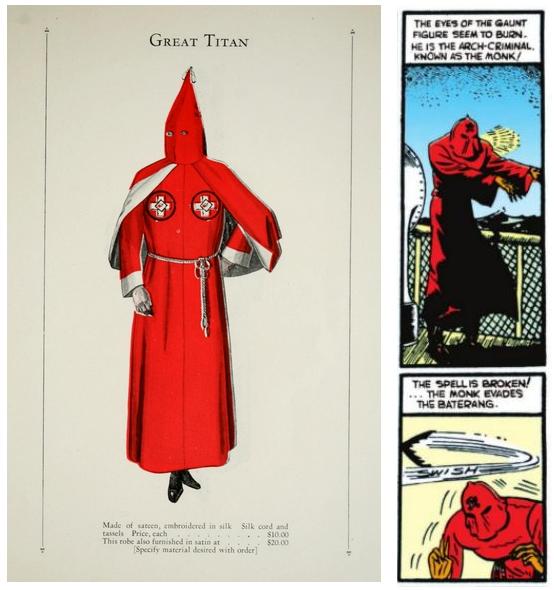
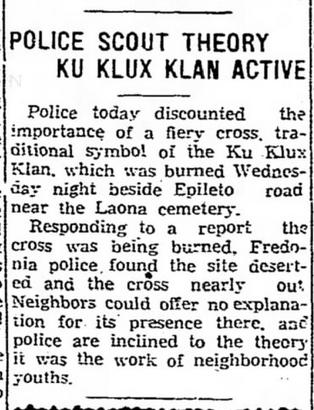
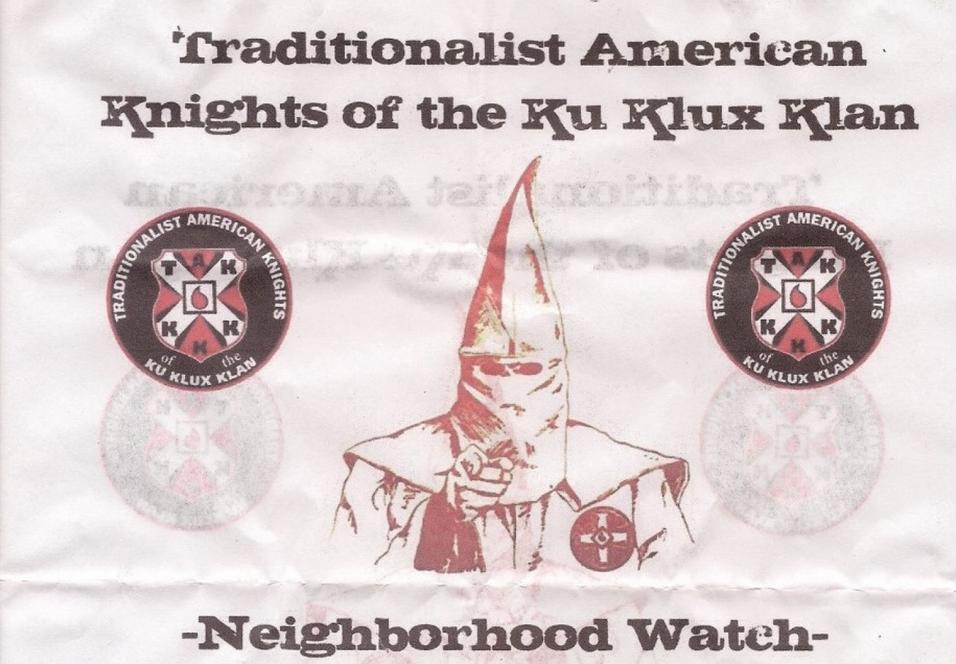
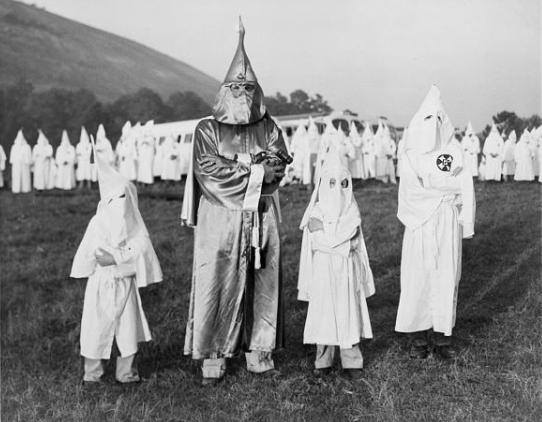


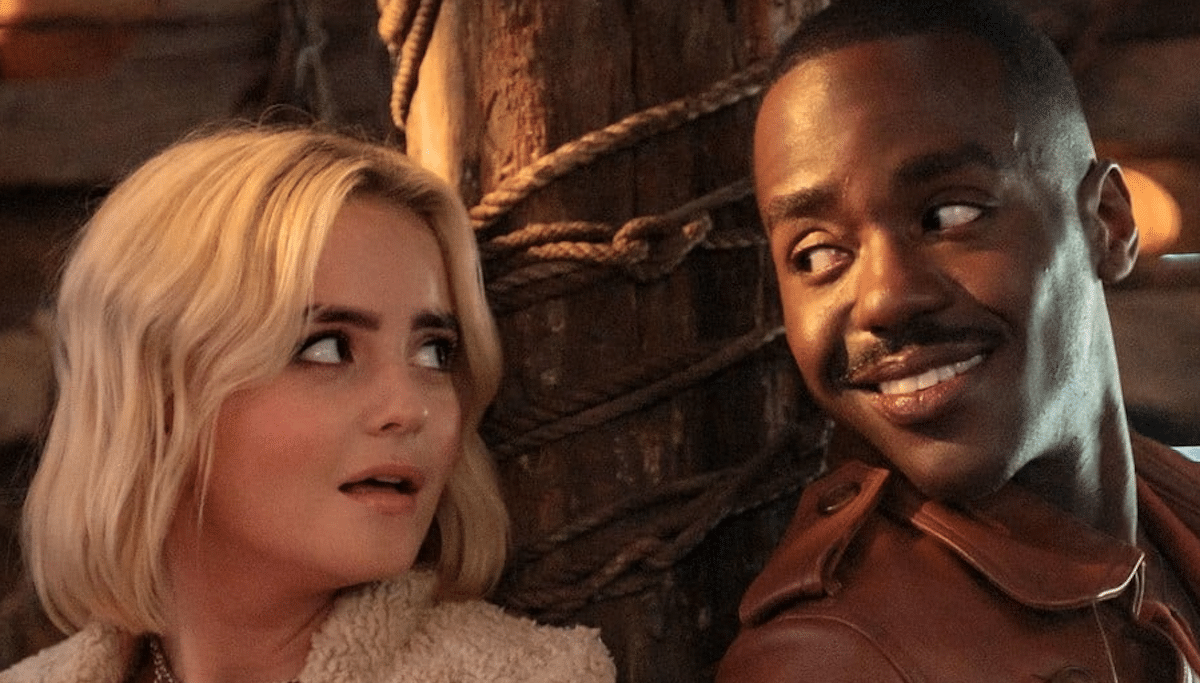



Klan of the Cave Bat!
Comments are closed.